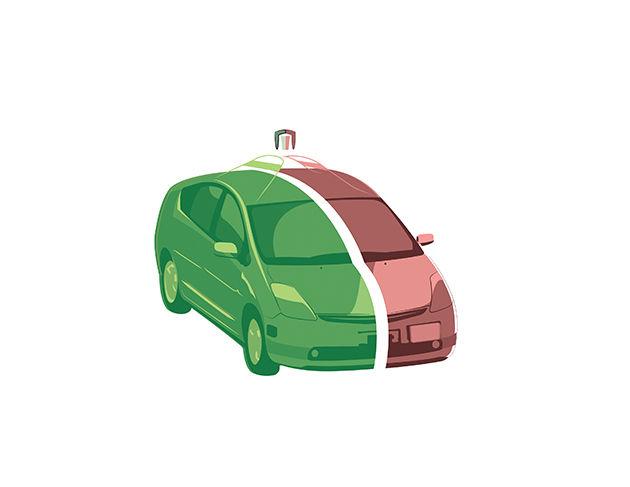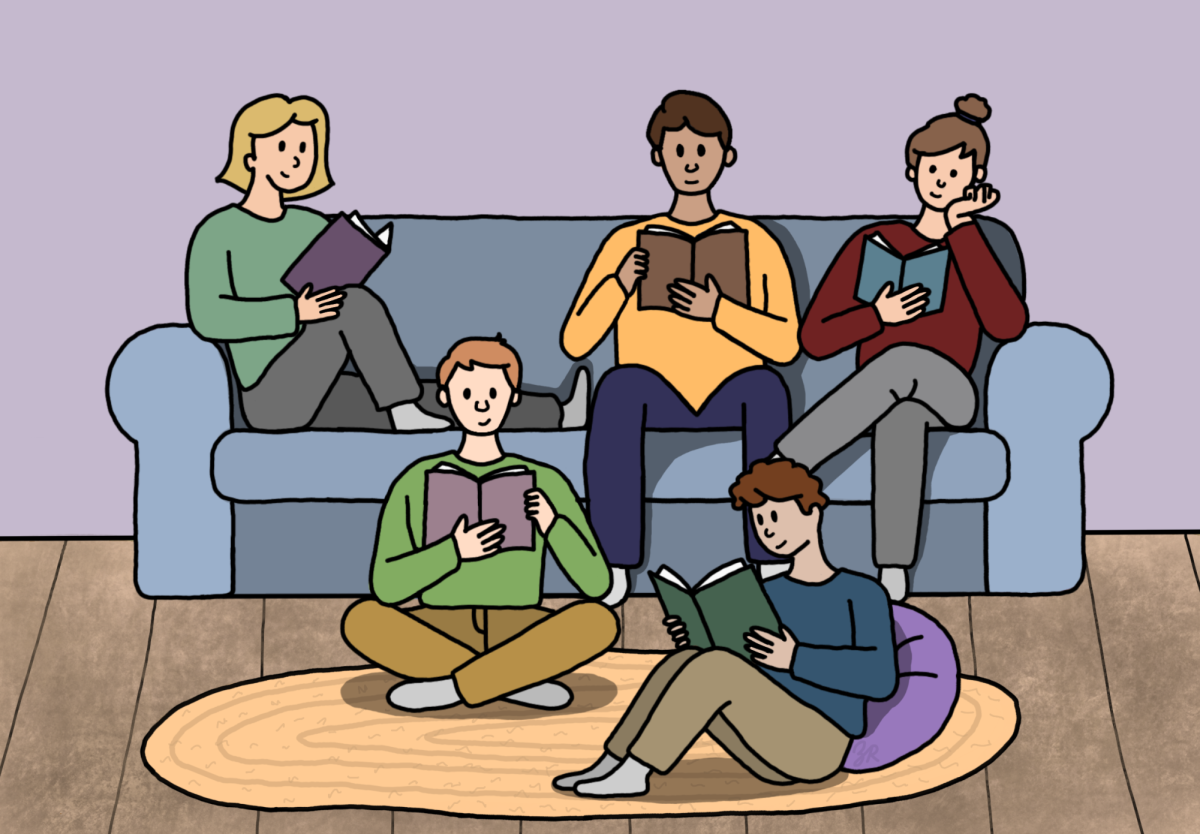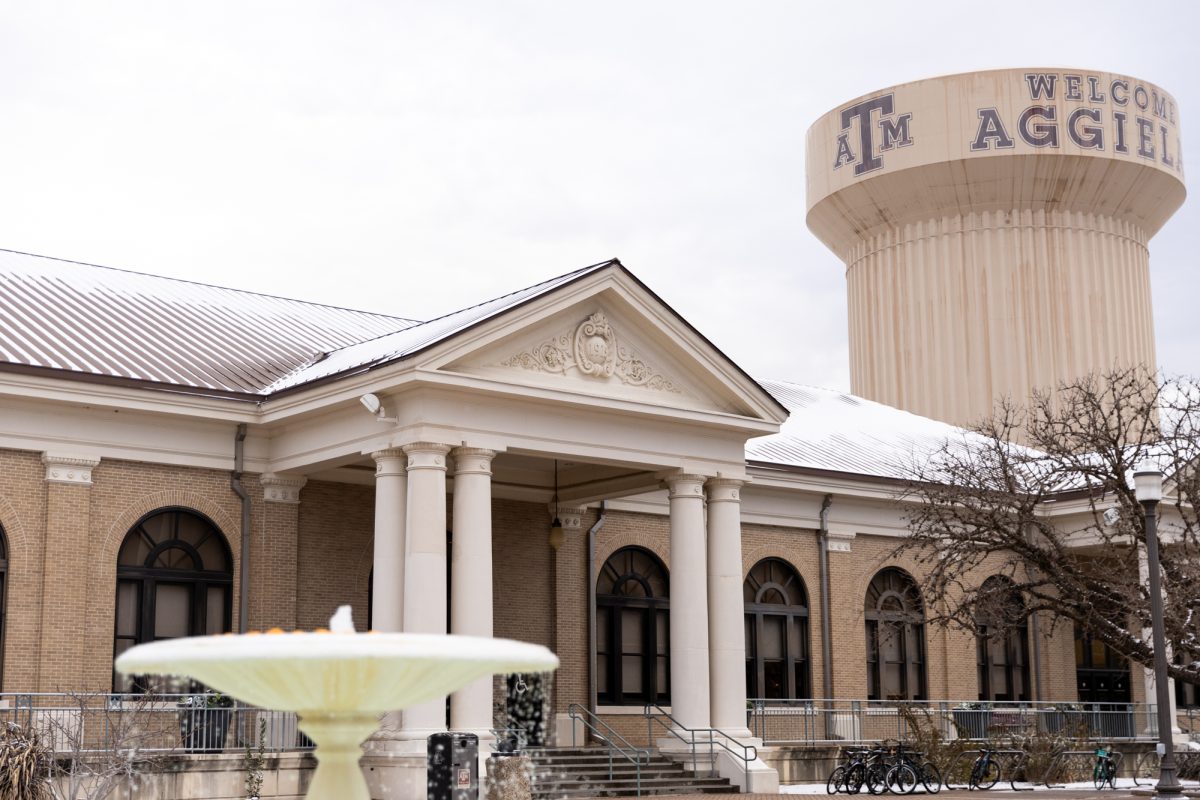Automated cars have long been a part of science fiction movies and books. Just like tech seen in ‘Back to the Future,’ it seemed unlikely to me that they would soon exist in real life. But technological companies such as Tesla and Google are pushing forward to real automated cars.
Perhaps the best aspect of automated cars is that driving restrictions will no longer exist. A child could be the only passenger in the car, as the car would drive itself no differently than if the child was an adult. Blindness and deafness would no longer limit transportation options. It would increase mobility for those deemed unfit to drive themselves.
Automated cars would eliminate ‘wasted’ time while on the road, as the car would take care of the driving. I know that when I’m stuck in traffic, I worry about how much I’m not getting done while I’m on the road. This would also reduce accidents caused because distracted driving would become obsolete.
Furthermore the features of automated cars make crashes much less likely. Google’s self-driven cars have technology that allows the car to react to something faster than an actual driver would. In a Ted Talk, Chris Urmson — one of 15 engineers working on the cars at Google — showed a video of a cyclist running a red light. Other cars didn’t see the cyclist and would have hit him if the biker hadn’t swerved out of the way. The self-driven car, however, didn’t move until the cyclist had passed.
In the Ted Talk, Urmson said the automated cars gain more experience when driving, which enables them to react better in different situations. Urmson said the cars are also adept at making good decisions in never before seen situations. For instance, a video was shown in which a woman in an electric wheelchair chased a duck around on the road in circles. The car slowed and got around both of them safely.
However, I have to be realistic about the thought of automated cars. When I first realized that they were making the transition from the world of fantasy to real life, I barely considered the benefits. Instead, I found myself thinking negatively, imagining only the worst-case scenarios.
Until a way can be found to make the technology more affordable, many of us will not own automatic cars. A system may instead be put in place where citizens can “buy rides.” Think of it as something like a taxi system, only that instead of a taxi driver coming to pick you up, it’s an empty car.
Another reservation of mine is that automated cars have not been tested in heavy rain or snow. Safety concerns of those running the test-drives have kept passengers of automated cars off the road in such conditions. While I’m sure companies are working to make the automated cars function safely regardless of the weather, I can’t imagine that it will be easy to fix. Further because they haven’t found a resolution yet, I imagine that they’ll have to do testing for a few more years to be sure that their solution works. I know that I’ll be even more reluctant to get in an automated car if I’m unsure about how the car will function in adverse weather.
I am equal parts excited and apprehensive about the possibility of automated cars hitting the roads within a few years. I don’t know how many positive reports it will take for my apprehension to fade, but I know that I’ll be doing a fair amount of research on automated cars before I get in one. In the end, however, I suppose that automated cars do sound safer than relying on my own limited senses and reflexes.
Rylie Hester is an English junior and a life & arts writer for The Battalion.










